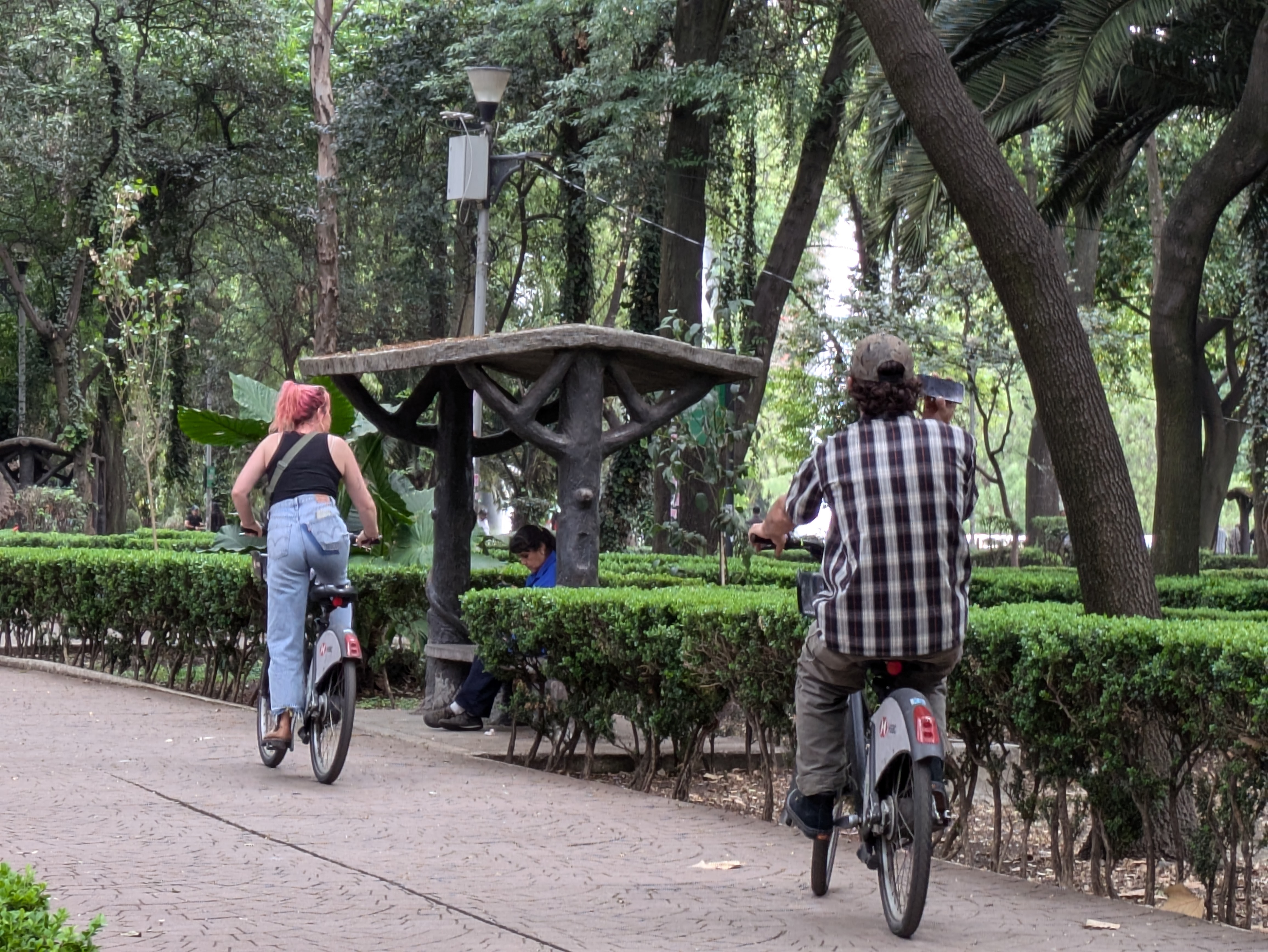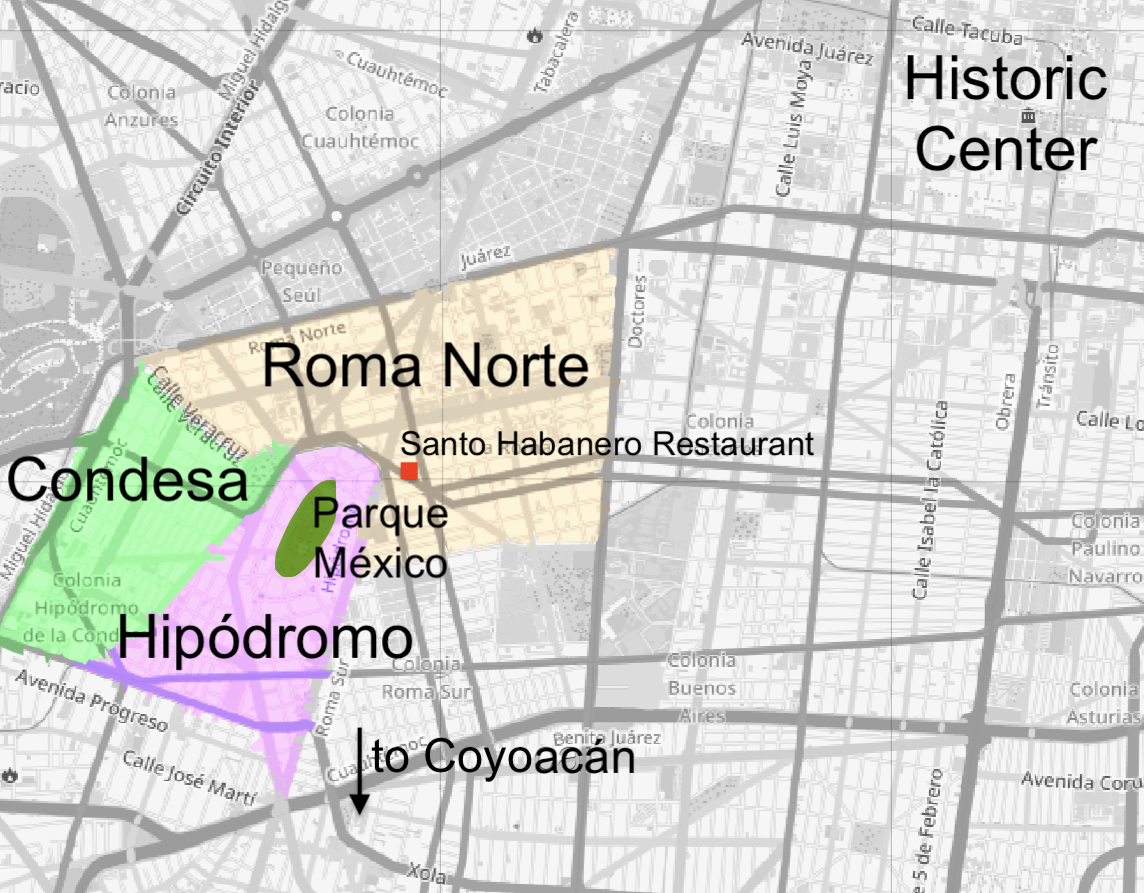|
Today's Opinions, Tomorrow's Reality
Export Boom By David G. Young Mexico City, February 18, 2025 -- Americans are visiting, living and working in Mexico City in record numbers. For good or bad, it's easy to see why. When Mexican President Claudia Sheinbaum met with Donald Trump earlier this month, she managed to secure a one month delay on threatened 25 percent tariffs against Mexican products.1 Mexico is America's second largest trading partner after Canada, and carries a large trade surplus of $172 billion, something that clearly inspires the ire of the Trump administration.2 Yet there is one area where US exports to Mexico are booming -- its own people. Mexico received a record 9 million international arrivals in December, and received a total 45 million international visitors for the whole year, matching the pre-pandemic arrivals for the first time.3 Americans are the number one source of visitors to Mexico, with about 9 million Americans arriving in the first half of last year.4
The density of those Americans in Mexico City reached epic proportions over the President's Day holiday weekend. On Monday afternoon, when Mexican workers were on the clock, American expats, many remote workers for US-based corporations, were enjoying the American holiday. A solid majority of those strolling Parque México that afternoon spoke American-accented English, transforming the beautiful park in the stylish Hipódromo neighborhood into a little USA. The night before, in the next-door Roma Norte neighborhood, dozens of tables of Americans -- recent college graduates, retirees and families with young children alike, filled the Santo Habaneros restaurant with no Mexican families in sight. Perhaps attracted by the Giant Frida Kahlo mural or the numerous five star Tripadvisor reviews, the English-speaking diners seemed unoffended by the fact that the restaurant served their chicken mole in a low carb style with no rice or tortillas -- something that would be outrageous of in more authentic parts of the country.
These neighborhoods of Mexico City have surged in popularity with Americans in recent years. The 2018 film Roma earned international acclaim with its 1970s romantic portrayal of the neighborhood of the same name. The cult-like popularity of early 20th century artist Frida Kahlo has seen her iconic image fill art gallery gift shops and boutiques catering to affluent women around the world. It has also sent a surge of tourists to a museum in her former home in Mexico City's Coyoacán neighborhood. But it was certainly the pandemic that accelerated the surge of Americans into Mexico City. A widespread expansion in the ability to do remote work sent people out of office canyons and into more bucolic parts of the world -- not just mountains and beaches but beautiful urban locales like Lisbon and Mexico City. Starting in 2021 it became common to see American twenty somethings dominate some cafes like Ojo de Agua or Cafe Toscano in the Condesa neighborhood -- something that would have been highly unusual a decade ago. And changes in Mexico City itself have fueled the trend. The city is far cleaner and safer than it was 20 years ago. The historic center has been restored and no longer becomes desolate and dangerous after dark. The attractiveness of an expat lifestyle has also been boosted, ironically, by the anti-Mexico Trump administration. As you might guess, many of the English conversations between the Gringos in Parque México on Monday afternoon were about Trump, none of them flattering. But Trump's scary trade talk has helped make Mexico more affordable to Americans. The Mexican peso is down by nearly 20 percent vs the American dollar since last April, falling below 20 pesos to the dollar shortly before the November election. For all their bluster, few of these younger Americans are likely to seek a long-term life in Mexico. While the country offers a generous six months tourist visa for Americans, usually renewable by leaving and re-entering the country, this is not guaranteed and can be denied if customs agents determine an American is living in Mexico. Taking the gamble may be fine for a 25-year-old who can always bunk with Mom and Dad stateside if denied reentry. But for families with small children it is a non-starter. Ultimately, most of these gringos will probably to go home. That's good news for Mexicans, and good news for their neighborhoods, too. Author's Note: David and his wife have been visiting the charming neighborhoods of Roma, Hipódromo and Condesa since 2013, where they always enjoy Parque México, eating tortillas and trying to blend in as much as possible, evem if they are working remotely. Notes: 1. Bloomberg News, Trump Delays Mexico Tariffs by a Month After Sheinbaum Talk, February 3, 2025 2. Office of the US Trade Representative, Mexico, January 2025 3. INEGI, ENCUESTAS DE VIAJEROS INTERNATIONALES (EVI), Feb 11, 2025 4. Secretaria de Turismo, Results 0f Tourism Activity, July 2024 5. Mexico News Daily, Over 10 million Tourists Arrived in Mexico by Air from January to May, July 2, 2024 |



